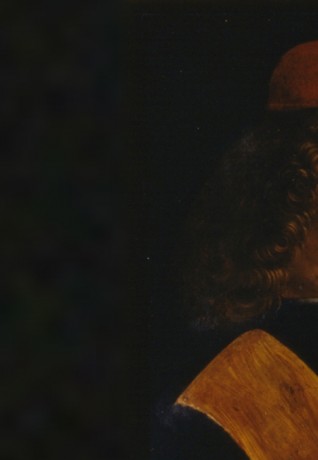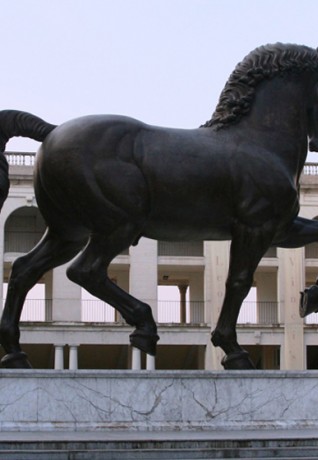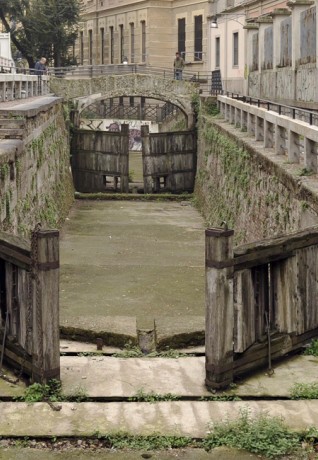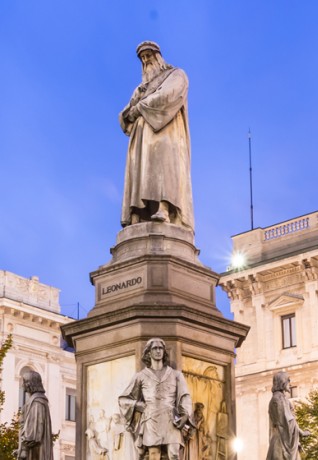A flight through the centuries
Museo Nazionale della Scienza e della Tecnologia “Leonardo da Vinci”

A curved, light-weight form that looks like a propeller, set on a circular plane: the Vite Aerea is one of Leonardo da Vinci's most beautiful drawings. Some have even seen an inspiration for the helicopter in this small original project.
It is only one of the many drawings centred around the concept of flight, many of which are found in the Codex Atlanticus, featuring wings suspended in movement, actual gliders, and elegant machines inspired by bats or dragonflies.
Five hundred years after Leonardo lived, his studies continue to fascinate us, make us think and - most importantly - inspire. In fact, in 1953, exactly five centuries after his birth, an ancient 14th century convent became the first scientific museum in Italy to be named after him: here, not far from Santa Maria delle Grazie and the Vineyard, a series of models built according to Leonardo's drawings are on display. These 3D examples of his work were built in carefully selected materials and conform closely to the artist's ideas.
Before being a forward-looking genius, Leonardo was a man of his times who was familiar with available tools and worked to improve existing technology: Milano was expanding its textile industry? Leonardo introduced looms with innovative automatic features and designed new spinning machines: these are also on display at the museum, along with imaginative variations on the theme of defensive architecture, surprisingly similar to theatre scenography, and much, much more.
Leonardo's legacy and his thoughts permeate the museum, where attention to detail and observation of natural phenomena combine with innovation. It’s a timeless journey through the history of technology that allows us to examine the potential of the future. From the first locomotives to space exploration, lightning machines and several interactive and didactic workshops, it is as if Leonardo da Vinci himself were still watching over this place, his projects and his eclectic, playful ideas.

 Log in
Log in






